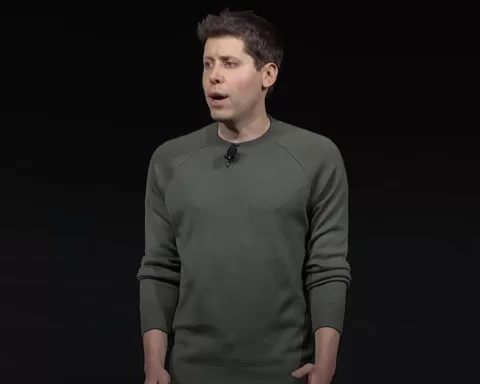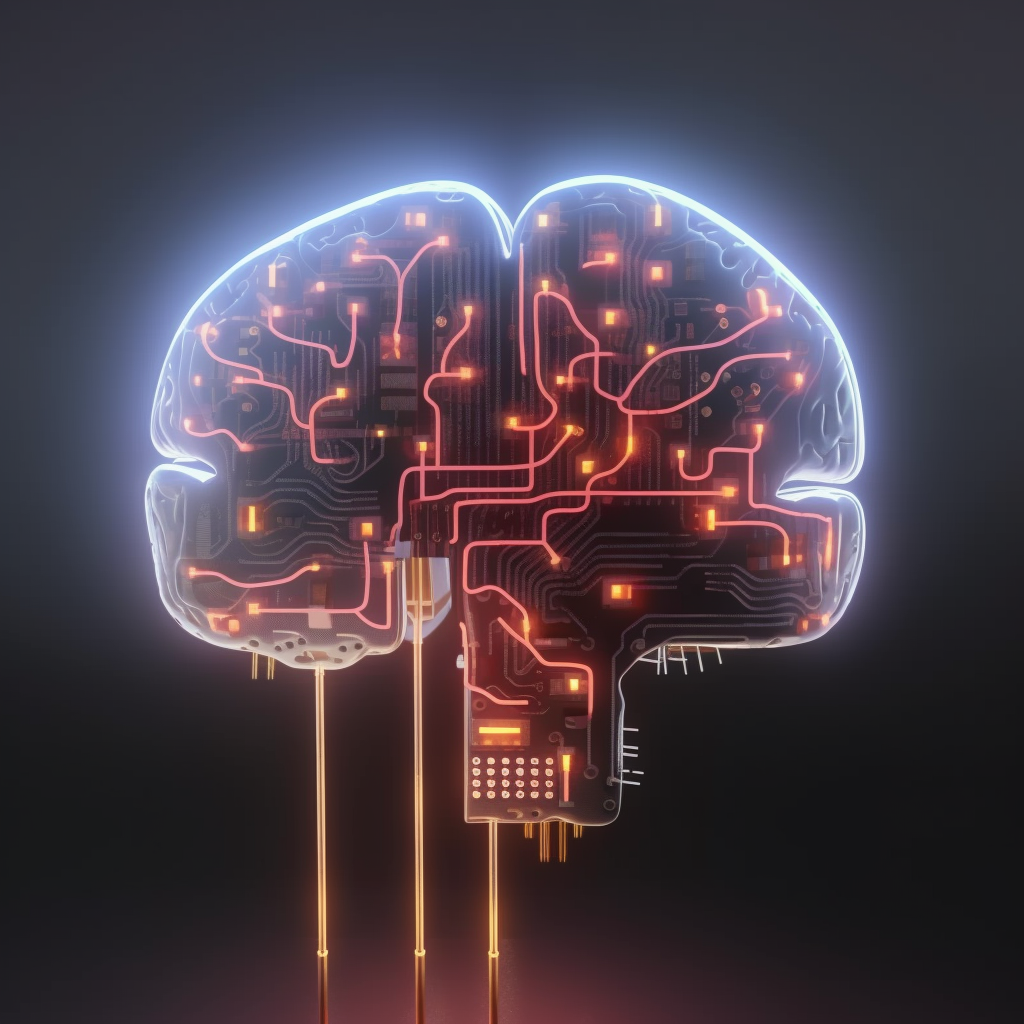A recent report by The Wall Street Journal (WSJ) revealed that celebrities are increasingly turning to artificial intelligence (AI) to create digital replicas of themselves for use in marketing campaigns. This emerging trend is reshaping the dynamics of celebrity endorsements and brand partnerships, offering new opportunities and challenges for both stars and brands.
According to the WSJ, celebrities are now making deals with brands to put AI-created duplicates of themselves into marketing campaigns. This gives them more control over their likenesses and more flexibility in the types of deals they can make. On the other hand, brands can use digital duplicates in ways they never could use the stars themselves—such as changing their appearance to de-age them, having them perform feats the real celebrities never could, and holding spontaneous conversations with customers.
The WSJ report highlights how this new trend is changing the face of celebrity endorsements. For instance, international soccer star Neymar appeared as an AI-generated 3-D avatar at a Puma event, showcasing the brand’s new product line. This avatar was created using the MetaHuman app, part of Epic Games’ Unreal Engine suite, which was originally designed to create lifelike characters for video games.
The WSJ also discussed how this trend is impacting the fashion industry. Supermodel Eva Herzigova recently unveiled a virtual version of herself that can walk the runway in online fashion shows. The ownership of this virtual version rests with her and her agency rather than with a brand or a photography studio.
However, the rise of AI-generated likenesses also brings new challenges. As the WSJ report points out, determining legal ownership of these likenesses is a concern. The tech, marketing, and entertainment industries must eventually develop some form of standard verification to protect both celebrities and consumers who may be fooled by deepfakes.
Featured Image Credit: Photo / illustration by “geralt” via Pixabay





